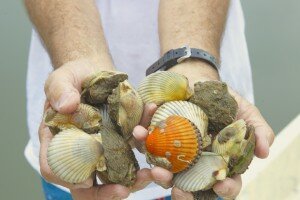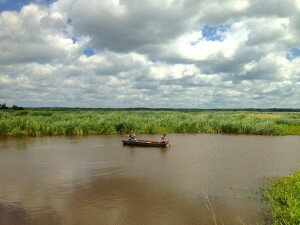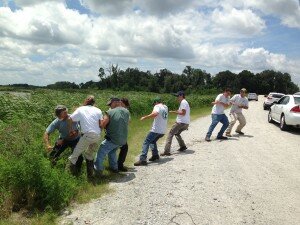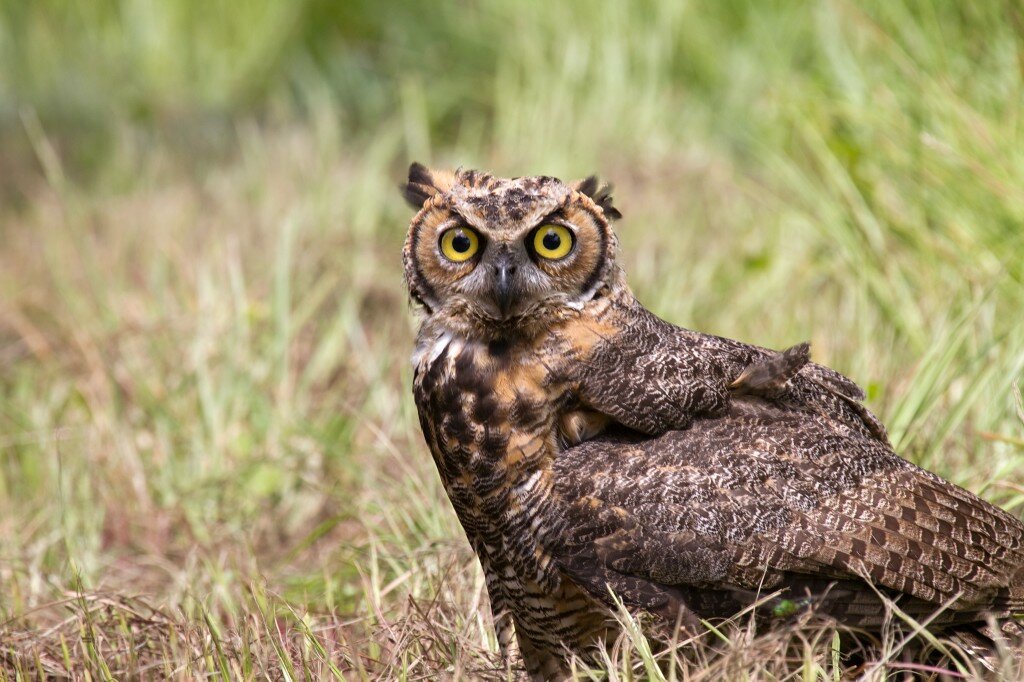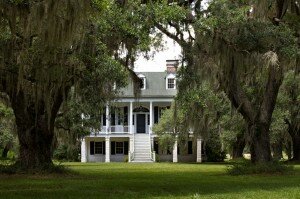 The Florida Fish and Wildlife Conservation Commission study some pretty strange wildlife. Alligator snapping turtles are the largest freshwater turtles in the world and researchers Kevin Enge and Travis Thomas are tracking the numbers and behavior of these giants. The turtles are found in and near the Lower Suwannee National Wildlife Refuge, and we went out with the guys to film them trapping.
The Florida Fish and Wildlife Conservation Commission study some pretty strange wildlife. Alligator snapping turtles are the largest freshwater turtles in the world and researchers Kevin Enge and Travis Thomas are tracking the numbers and behavior of these giants. The turtles are found in and near the Lower Suwannee National Wildlife Refuge, and we went out with the guys to film them trapping.
Our intention was to capture a successful state-refuge partnership and footage of these 100 plus pound turtles. There were 24 traps set along the river banks and we set off around 8:00 AM with two boats and 7 crew. The first few traps yielded a few small fish, but Enge encouraged us that upriver was where they usually find them. When a trap did have a turtle swimming around inside, the size and shape surprised me. These turtles are prehistoric-looking with a large heavy head, a think long shell, and three ridges of large scales resembling a plated dinosaur. Though not an endangered species because of the exotic pet trade and over-harvesting for their meat, Florida law has protected these giants as a species of special concern.
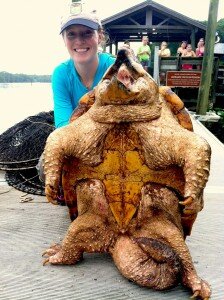 Once all the traps had been collected, we stopped on a dock to measure, weigh and tag the four alligator snappers we had trapped. There were two turtles around 100 pounds, one around 50 and a smaller 15-year-old weighing in at 20 pounds. While the researches worked quickly to gather data on the turtles, a crowd started to form in awe of the giant turtles. Pictures were snapped and microchips were implanted; which made this trip a success in our eyes as well as the Florida Wildlife Commission crew.
Once all the traps had been collected, we stopped on a dock to measure, weigh and tag the four alligator snappers we had trapped. There were two turtles around 100 pounds, one around 50 and a smaller 15-year-old weighing in at 20 pounds. While the researches worked quickly to gather data on the turtles, a crowd started to form in awe of the giant turtles. Pictures were snapped and microchips were implanted; which made this trip a success in our eyes as well as the Florida Wildlife Commission crew.
Sidenote: Instead of sticking around for fine dining with the locals, we decided to pack up and head back home. All of us were ready for our own bed, and traveled the 12 hours back to D.C. taking turns at the wheel along the way.
![]()
![]()
![]()
![]()
![]()
 Anna Harris is the Vision Coordinator for Conserving the Future and a member of the team taking vision on the road.
Anna Harris is the Vision Coordinator for Conserving the Future and a member of the team taking vision on the road.





